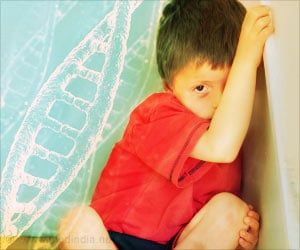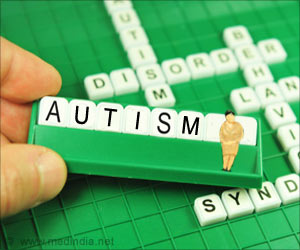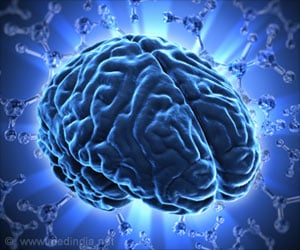A century-old drug corrects genetic autism symptoms in laboratory mice, which might suggest a pathway for treatment in humans, reveals a new study.

The new study suggests that a genetic form of autism-like symptoms in mice is also corrected with suramin, a drug long used for sleeping sickness, even when treatment was started in young adult mice.
Researcher Robert K. Naviaux said that their data show that the efficacy of the approach, called antipurinergic therapy or APT, cuts across disease models in Autism spectrum disorders (ASD).
Naviaux added that both the environmental and genetic mouse models responded with a complete, or near complete, reversal of ASD symptoms and APT seems to be a common denominator in improving social behavior and brain synaptic abnormalities in these ASD models.
Naviaux noted that suramin is not a drug that can be used for more than a few months without a risk of toxicity in humans. However, he said it is the first of its kind in a new class of drugs that may not need to be given chronically to produce beneficial effects.
New antipurinergic medicines, he said, might be given once or intermittently to unblock metabolism, restore more normal neural network function, improve resilience and permit improved development in response to conventional, interdisciplinary therapies and natural play.
Advertisement
The study is published online in Molecular Autism.
Advertisement














